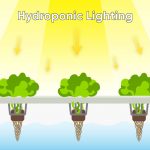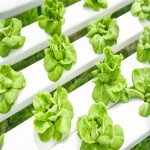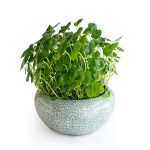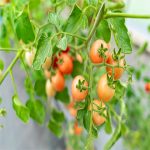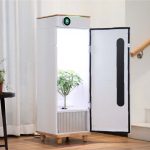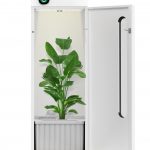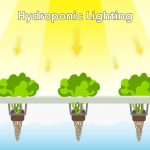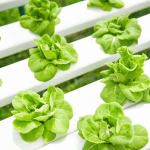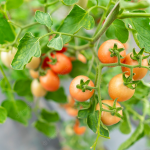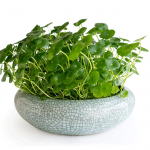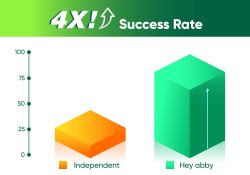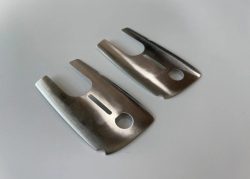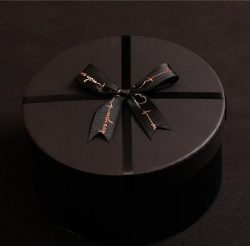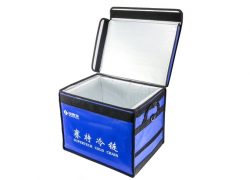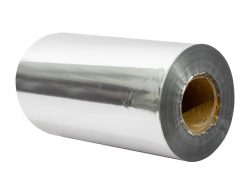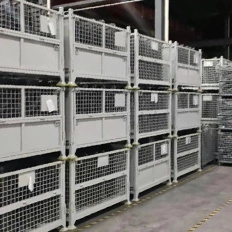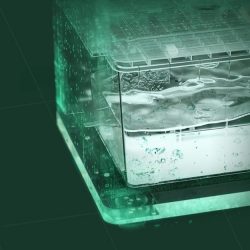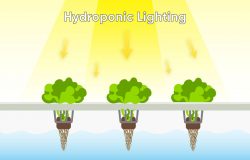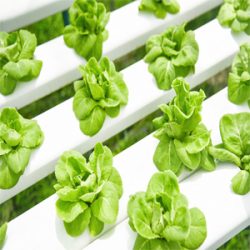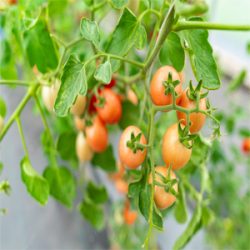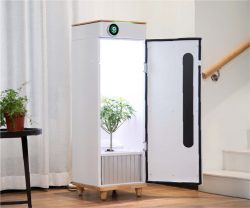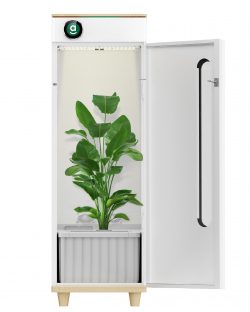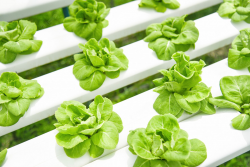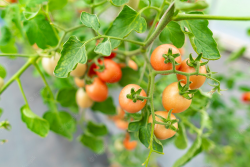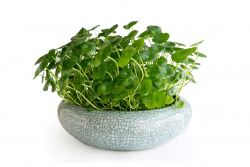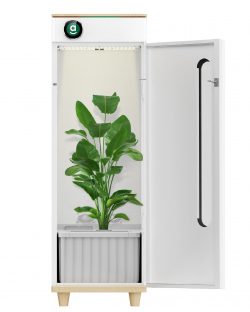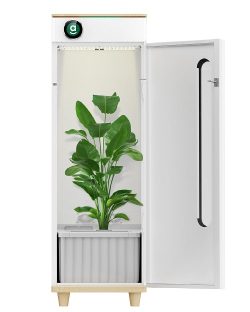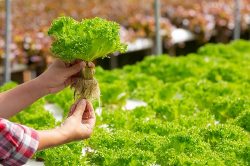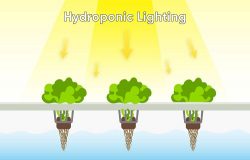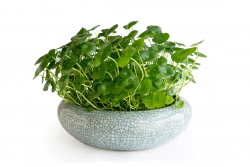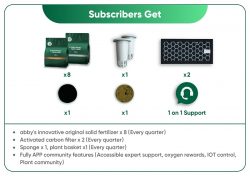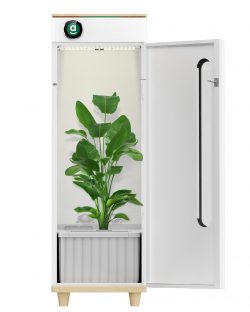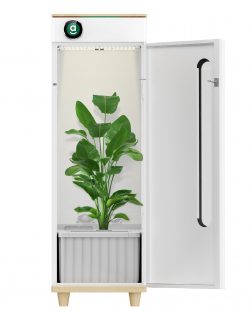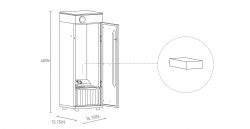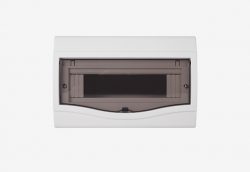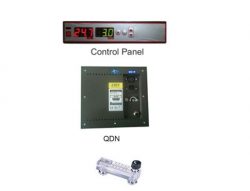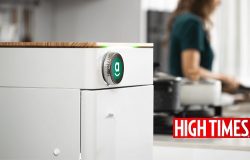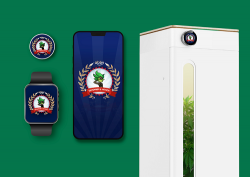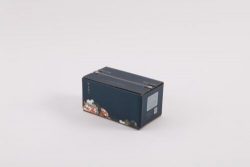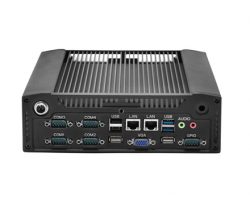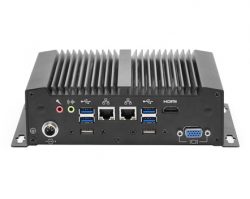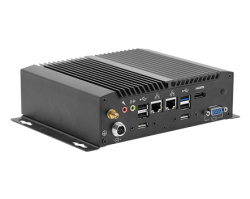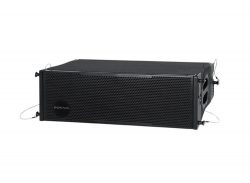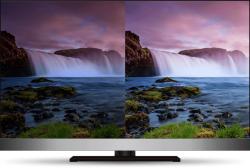Beginners Guide to Hydroponic Lighting
I. WHAT DO YOU NEED TO KNOW ABOUT A HYDROPONIC LIGHTING SYSTEM?
Basic hydroponics is the new age science of growing food in small spaces with no soil or even sunlight. This is a huge boon for anyone who wants to grow food in urban spaces.
Growing plants anywhere usually requires sunlight, but in hydroponics it is supplemented by artificial lighting. In the wild, plants that remain outdoors will bask in nearly six hours of sunlight and a few hours of darkness, which is time used for digestion and metabolism. Many of these plants also need about 10 hours of indirect sunlight. Below, we’ll go over what lighting looks like in a hydroponic system.
1. Different types of plants
Automatic hydroponic systems allow you to grow various types of plants. While lighting is crucial for plant growth, it’s important to note that different plants require different amounts of sunlight. Some thrive on shorter light periods, while others require lengthier exposure.
In a hydroponic garden where different plants are mixed together, the presence of an electronic timer is essential. It helps to provide as much light as your plants need without hindering them in any way.
2. Plants that need more sunlight
In hydroponic farming, there are various plants that need long light exposure. Some plants, such as spinach, lettuce, wheat, potatoes, and radishes, require up to 18 hours of sunlight. These plants are similar to summer flowering plants.
3. Plants that need less sunlight
Some plants that bloom in winter require less light to bloom. If these flowers have more than 12 hours of light, they will not bloom. Some plants that require less sunlight are strawberries, poinsettia, cauliflower, and chrysanthemums. This cycle works for plants that bloom in the spring.
II. COMPONENTS OF A HYDROPONIC LIGHTING SYSTEM
There are four components of a hydroponic lighting system: bulbs, remote ballasts, reflectors, and timers.
1. light bulb
Of the bulbs found in automatic hydroponic systems, the most popular wattage is 400-600. High intensity discharge lamps are used in most cases. These bulbs send an electric arc between electrodes placed inside the housing, which produces light. The gas produced helps create the arc and ultimately bright light.
In fact, there are two types of bulbs available, such as metal halide and high pressure sodium. If you use conversion lights, then you can use both types of bulbs.
2. Reflector
This is an enclosure that surrounds the bulb and helps increase its efficiency. It allows the light to fall directly on the plants, which increases the heat. So you can use lamps that save electricity and cooling costs.
3. Remote ballast
This is the power box that provides the lamp with the power it needs to burn. Remote ballasts are more suitable for home systems, and are sold as part of hydroponic lighting systems like abby.
4. Timer
The timer is the cheapest but most important component of a lighting system because it controls the duration of the light. The timer can be either electric or manual, but it has to be heavy duty so that it will last a long time. The manual ones have prongs and plugs that can be attached to the lights, and they last longer than the electric variety.



